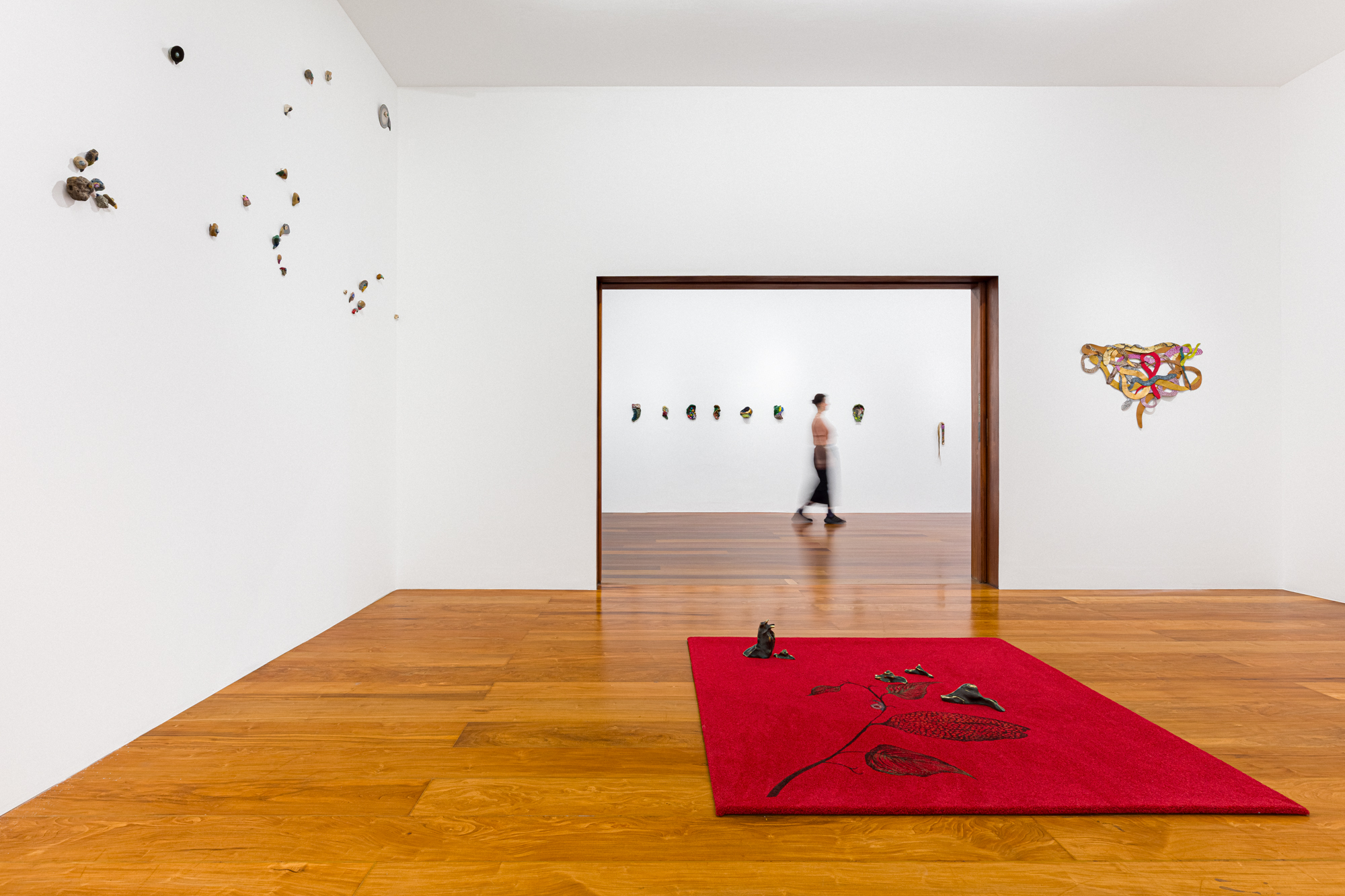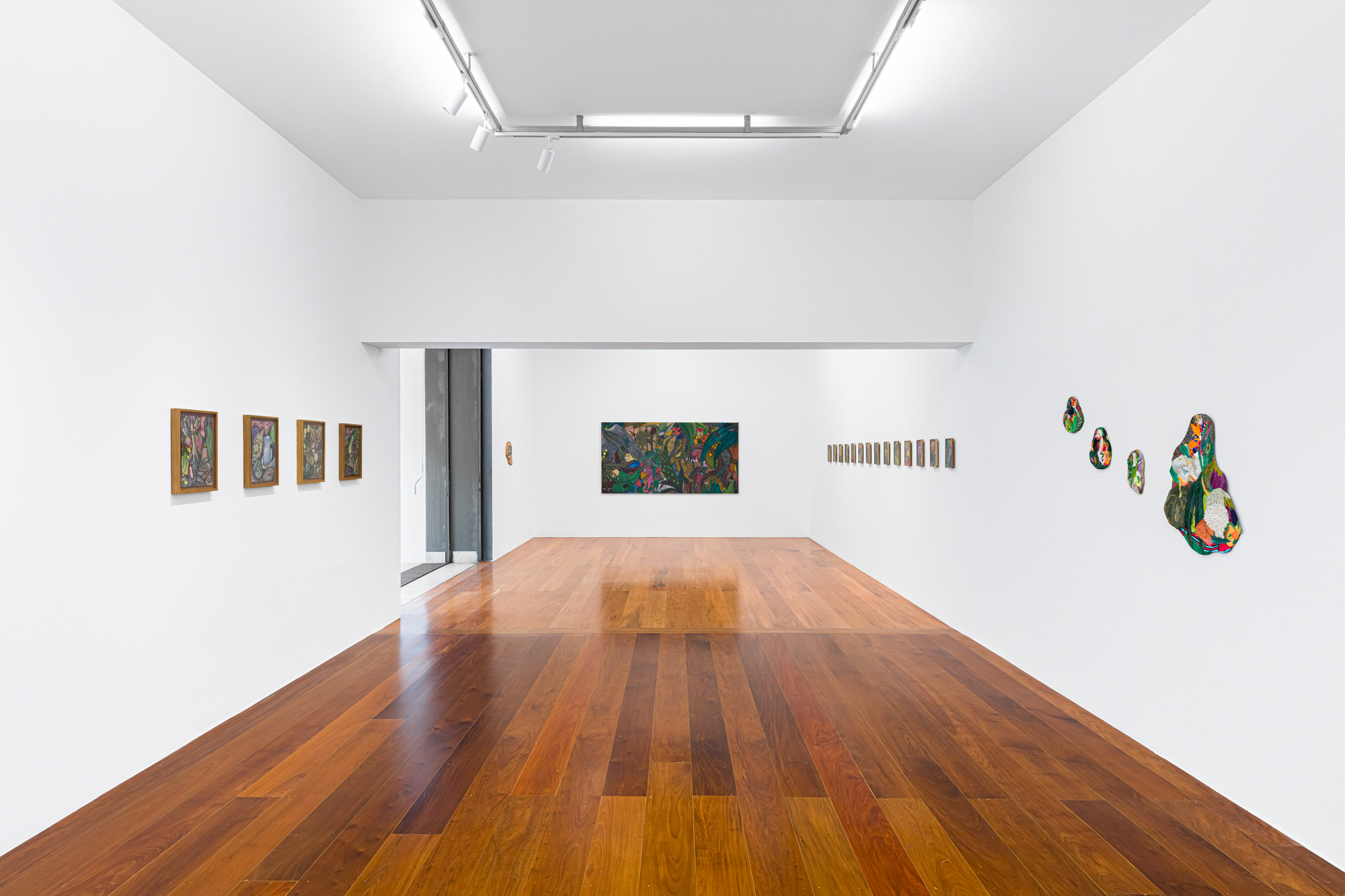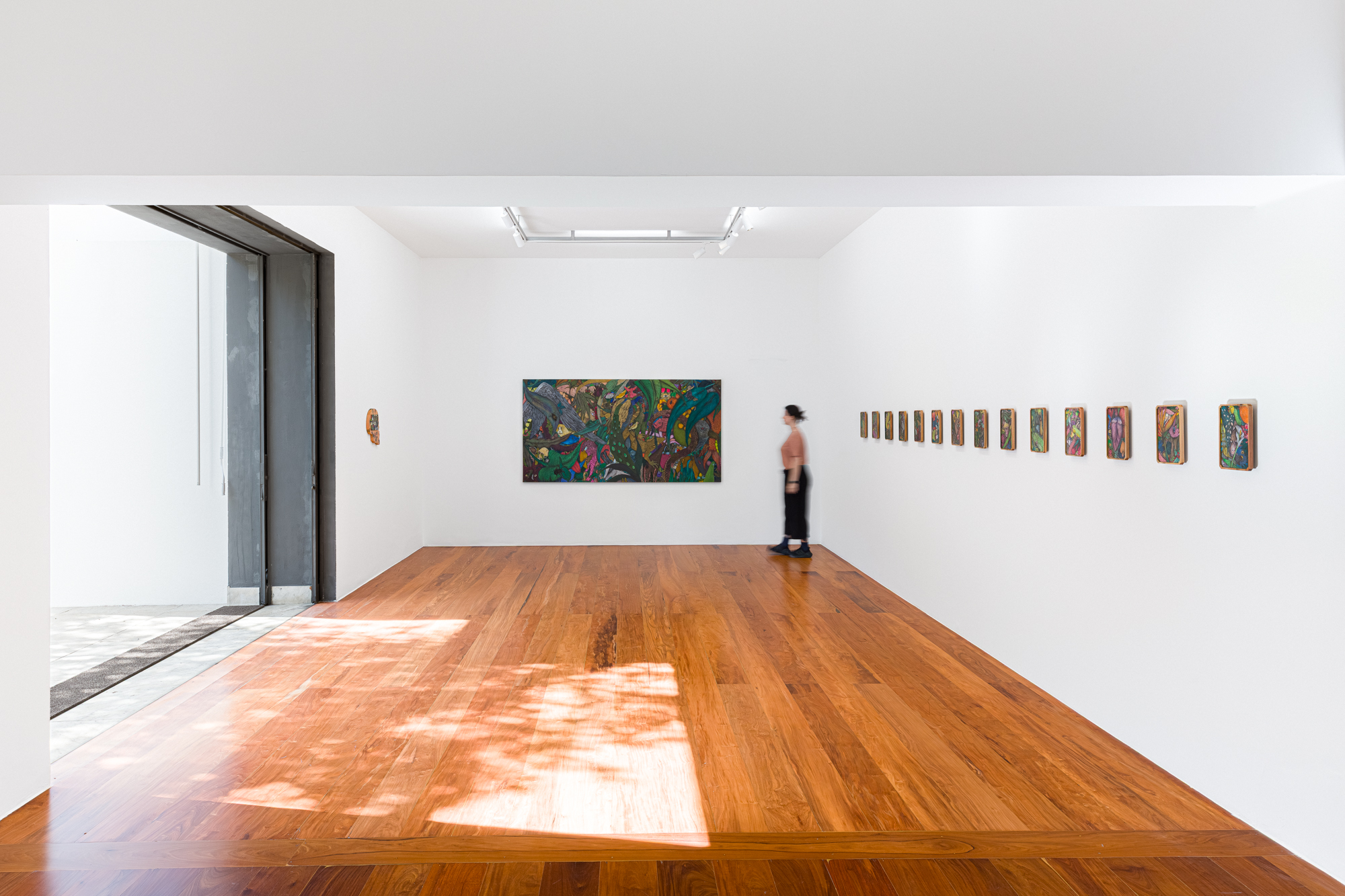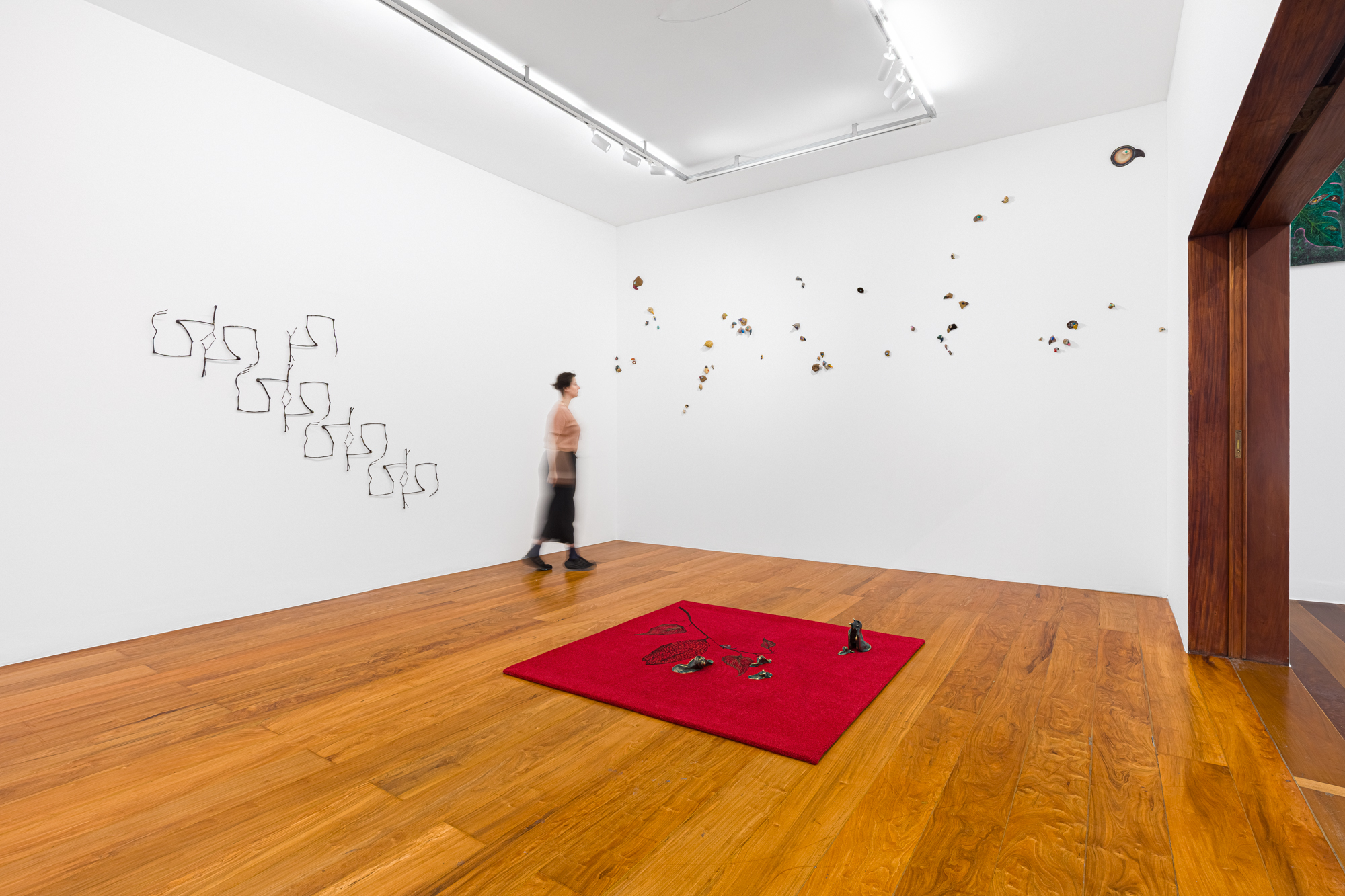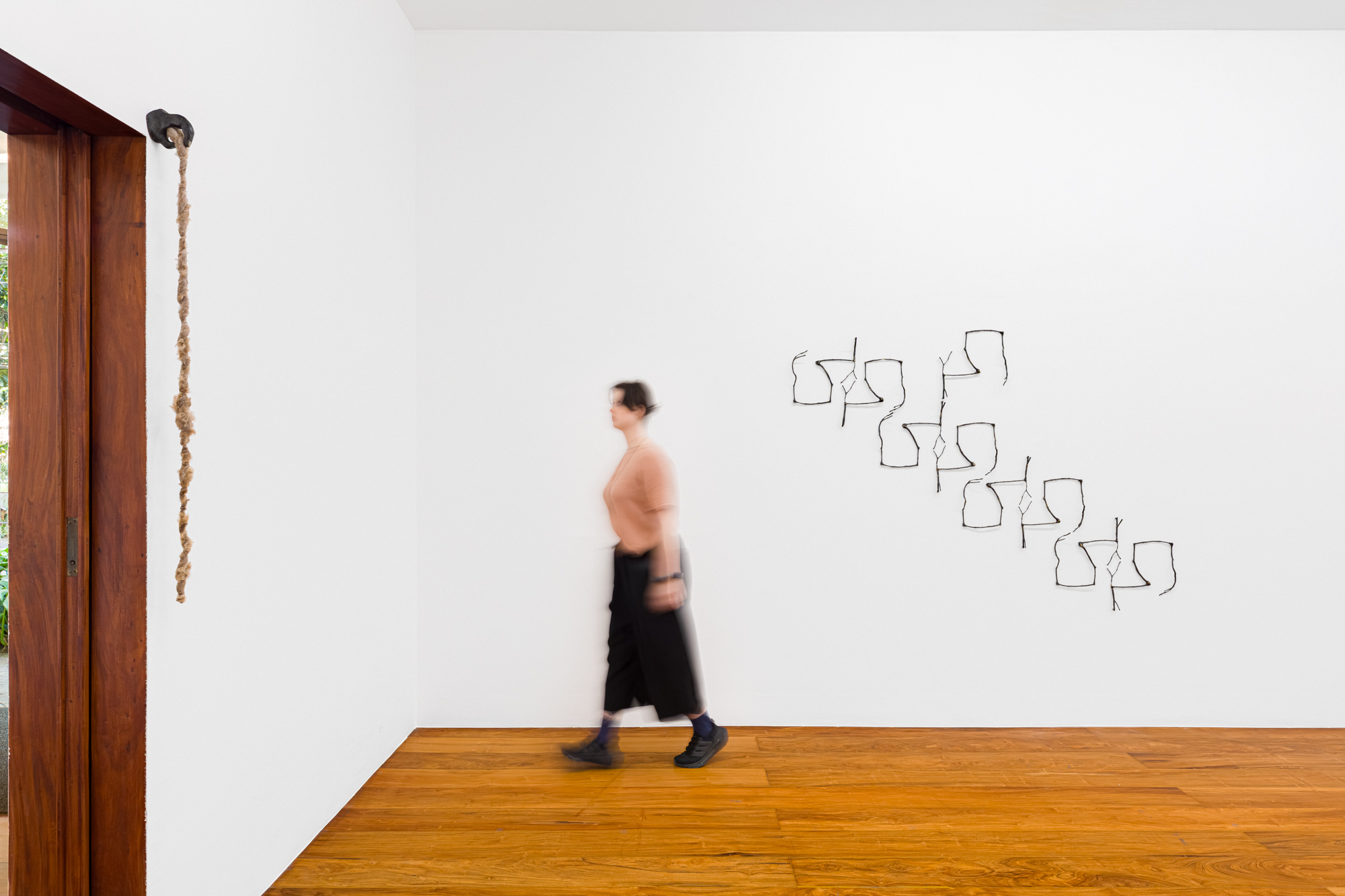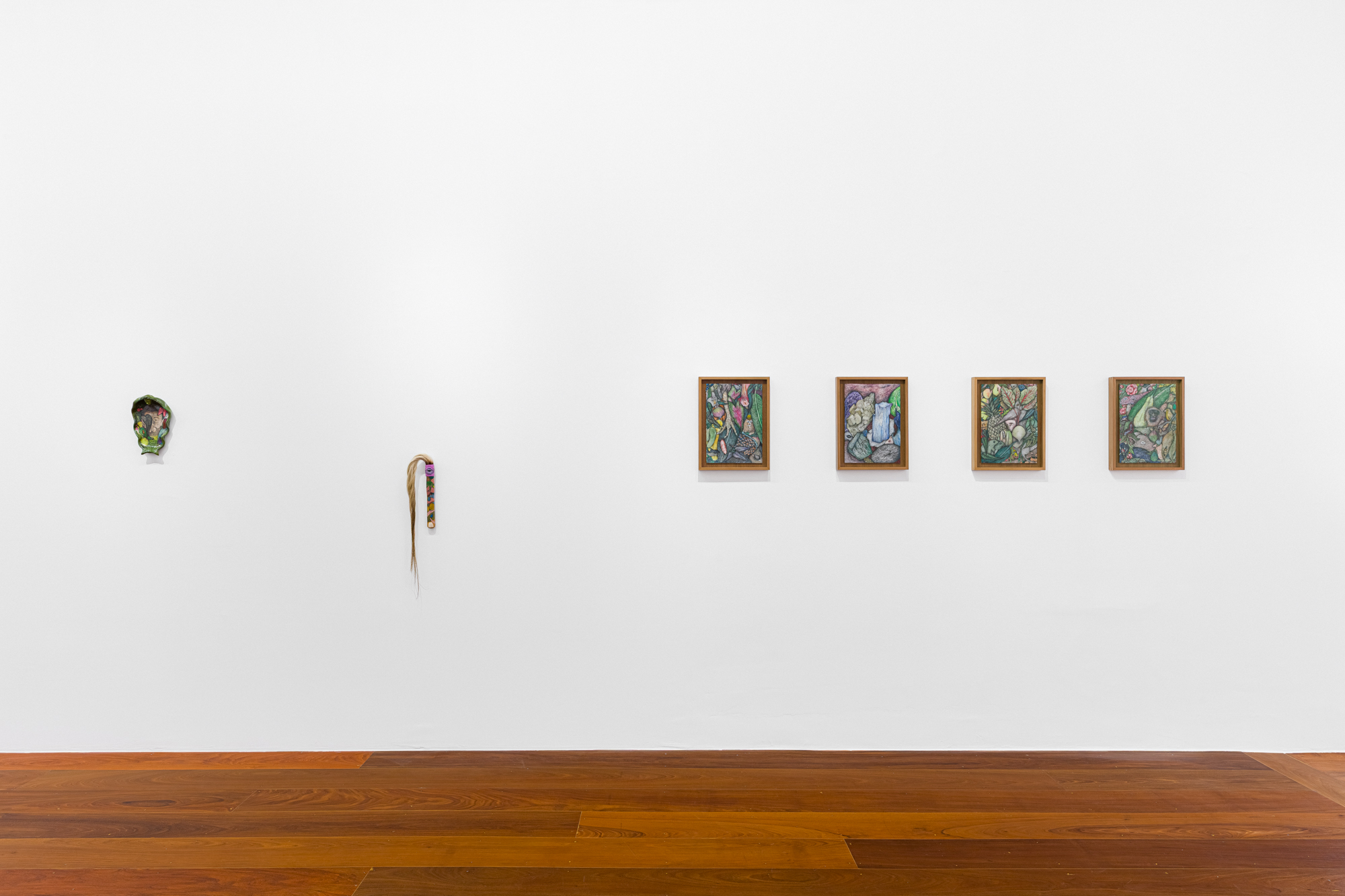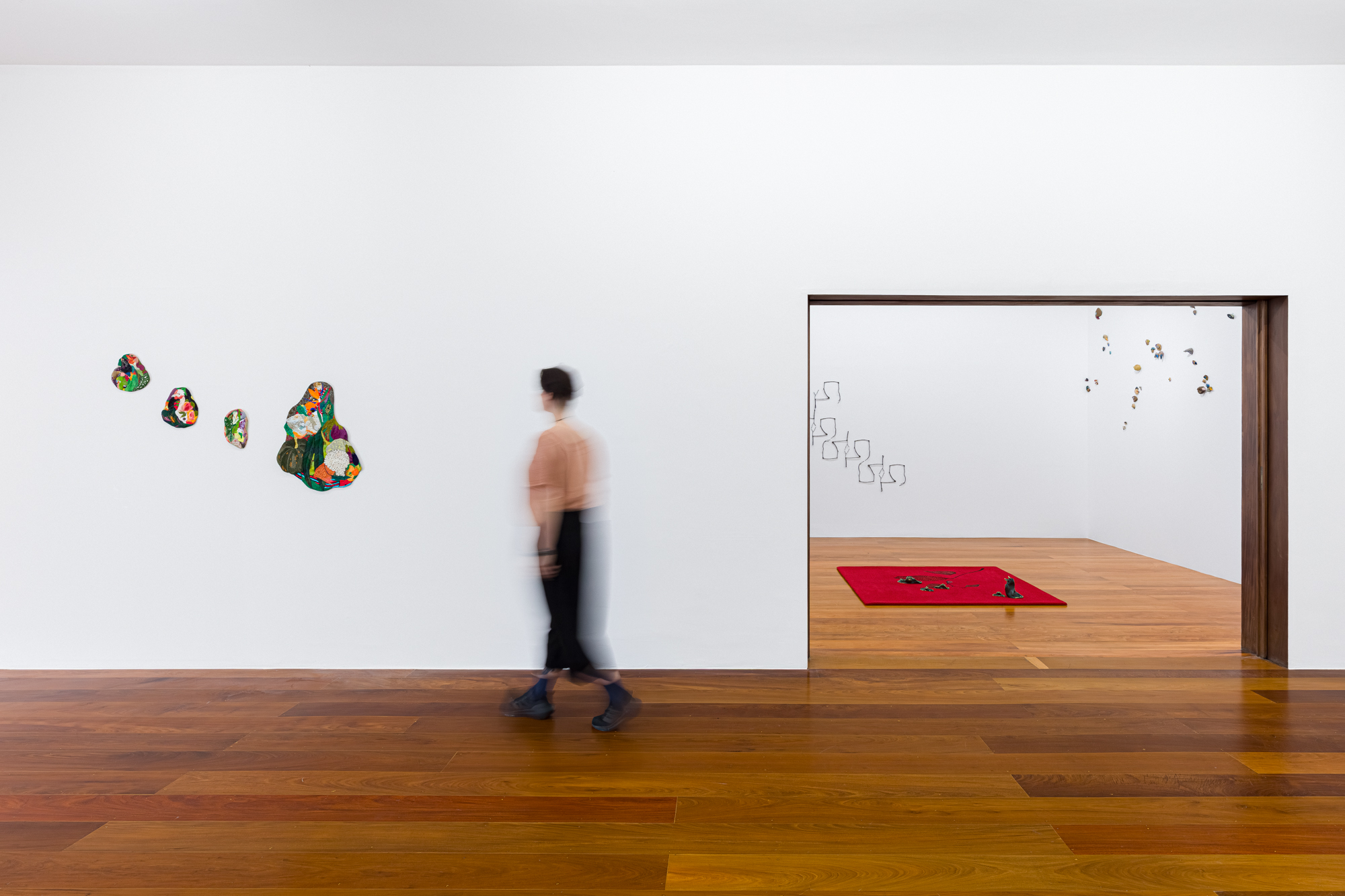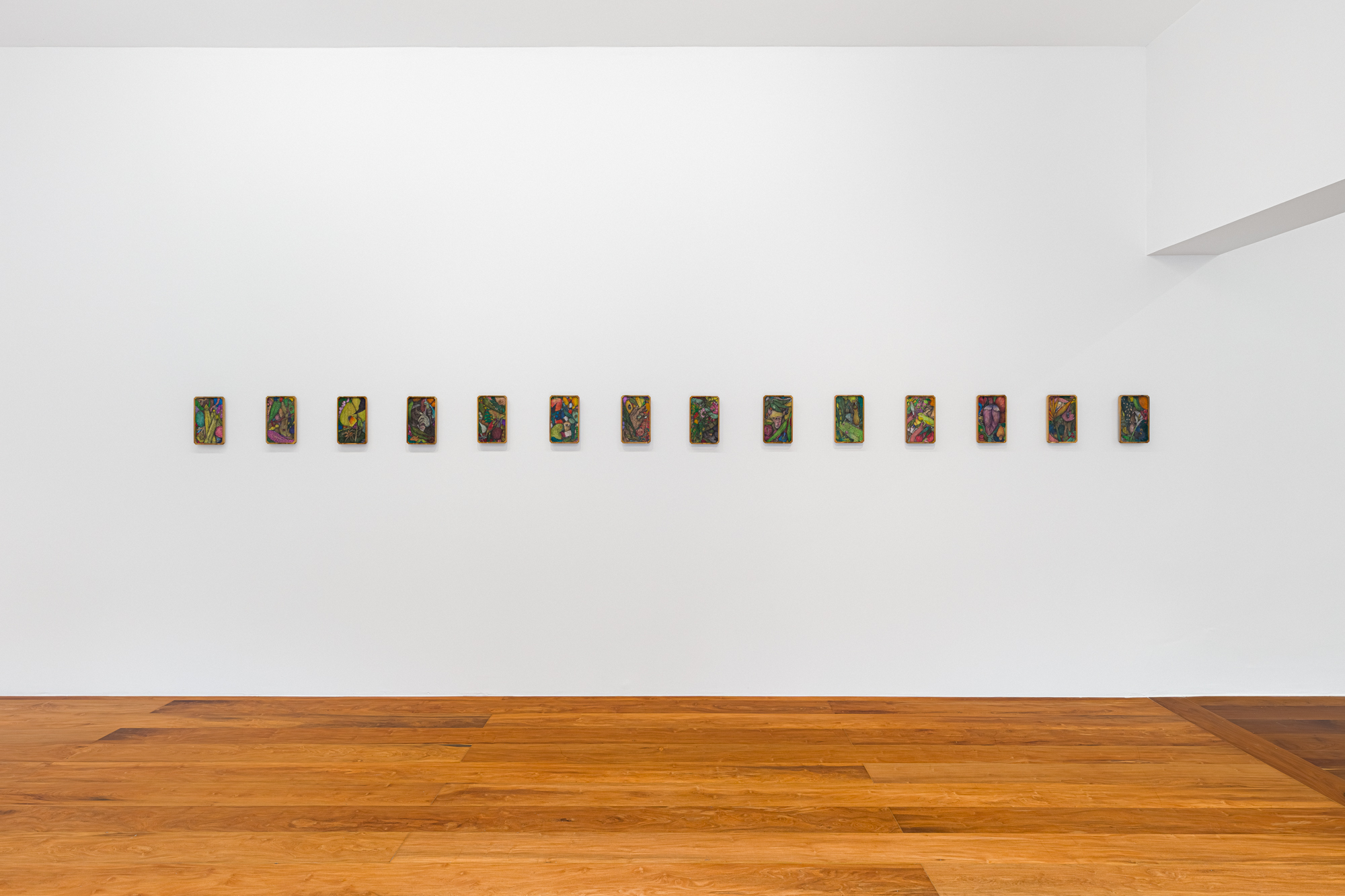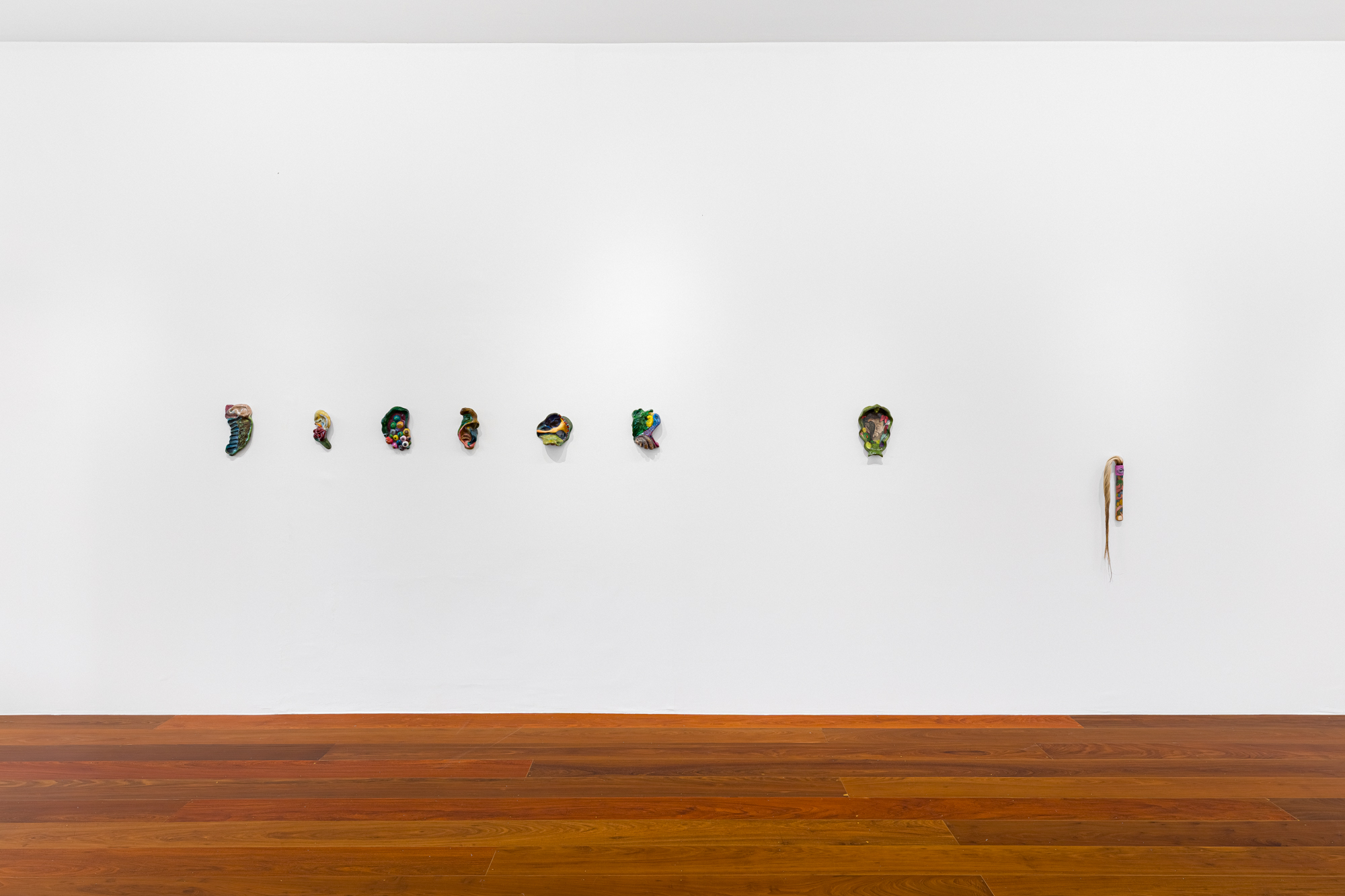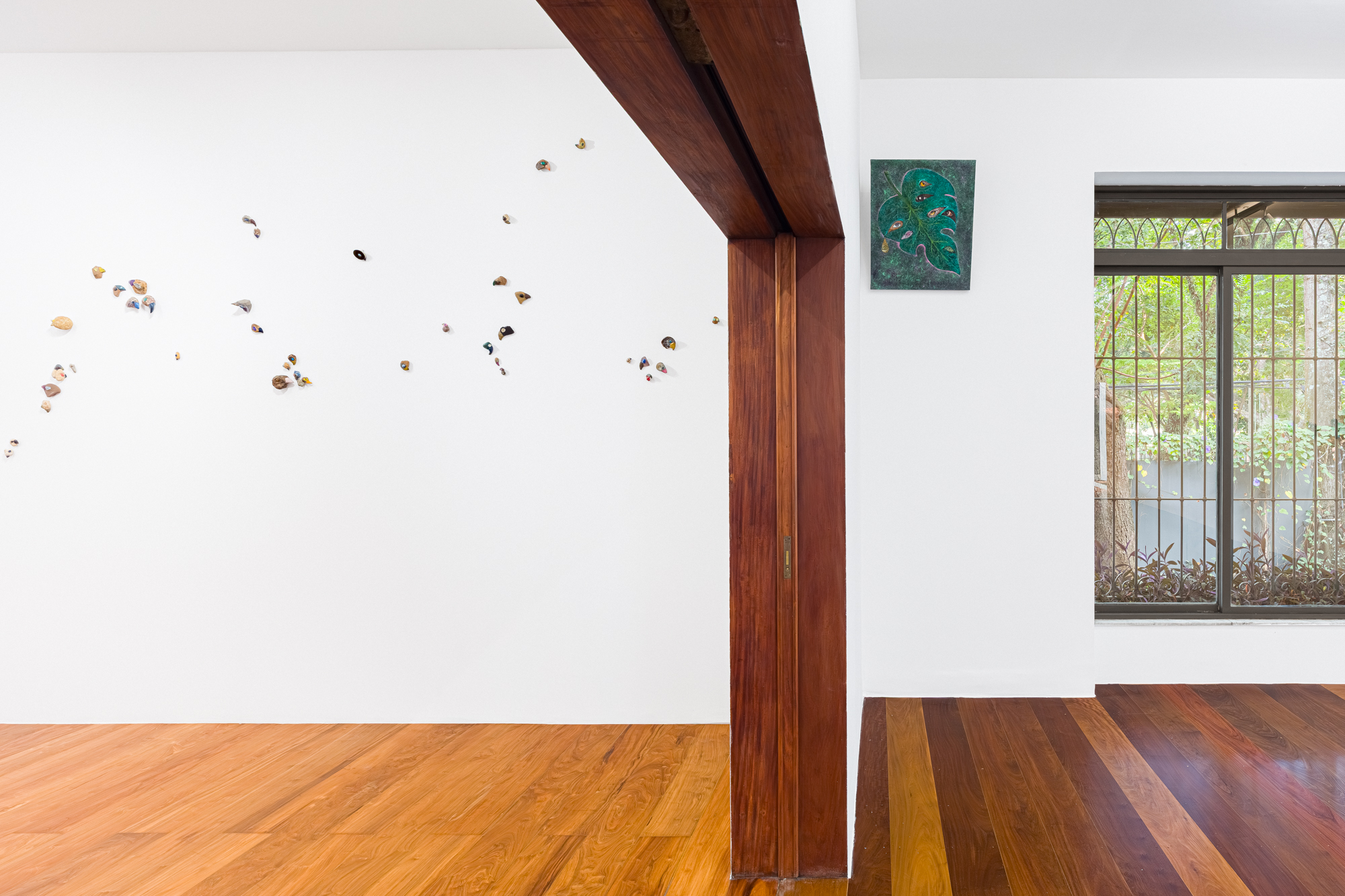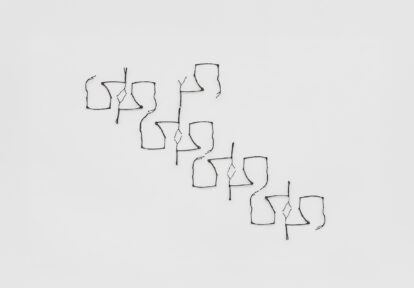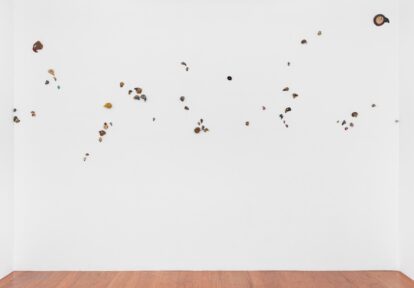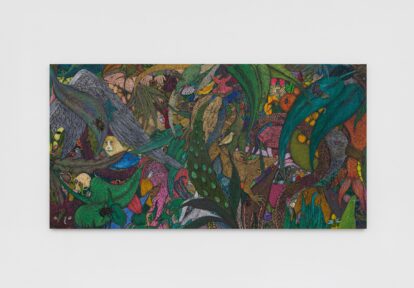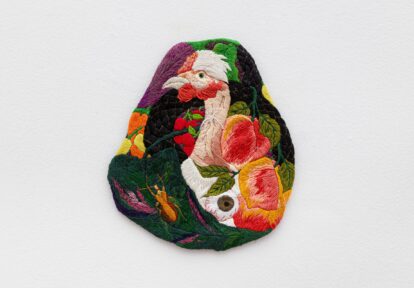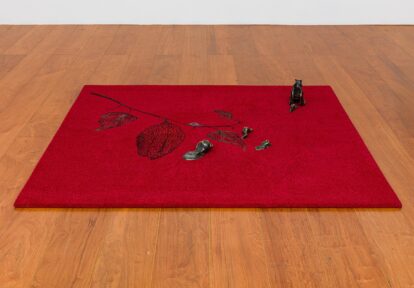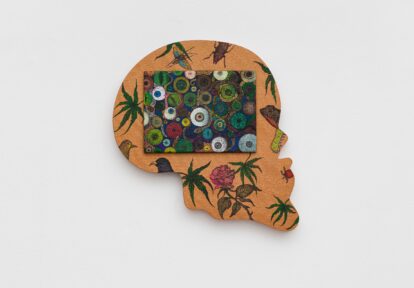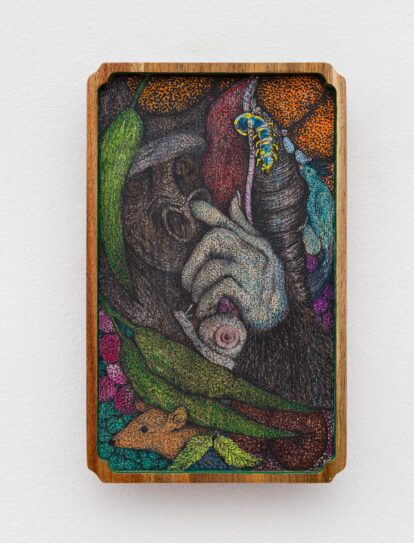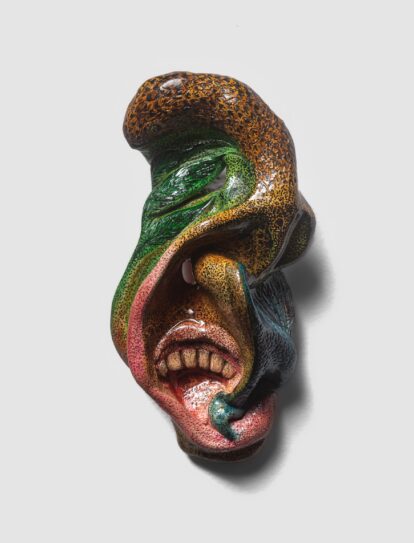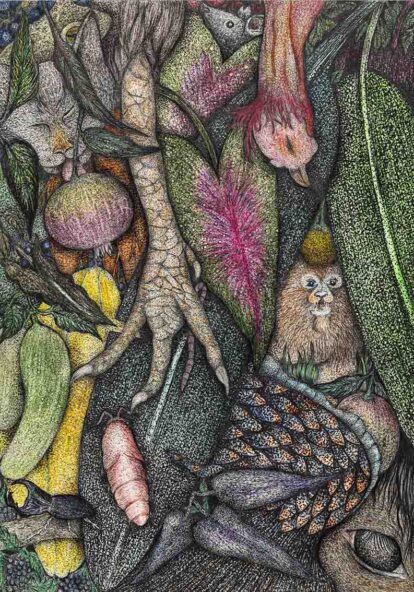Other Sun Holes
Cristiano Lenhardt
Turmoil of worlds in the action of seeing and escaping one another, like a bar of soap that flees without strain; nothing but the act of trying to grasp the other, which, by its slick and viscous condition, slips away and leaps to another spot, like sounds in a public market rising above or fading into the hum, together generating a buzz of life. There is no point in trying to join dissonant parts, for its vibration alone reaches concordial heights in divine harmonics. The daily struggle is turmoiled¹ with love and dream, a waking dream of parental alliance and a profusion of vision along the trench line. Outside its reign, the discordious hostile binary world flattens what might be—as in dreams of beauty and gratitude—the sacred delight of an abundance of forms in their endless perfections. Hence, the prey brushes against its predator, giving innocent tickles even when sharp eyes, lying in wait, spot the strangled creator who, stitch by rhythmic stitch, gradually dims the light that unveils the invention of their captivity universe.
The horde of critters bursts from every hole, seeping out like water through the wood’s rivulet; their paths trace drawings engraved by flow upon the ground, pointing toward multiverses imprinted on paper or fabric or clay. Everything is nature naturance; everything evokes the richness of life forms giving rise to life, like sprouts originating from mystery. And from that deep astonishment also escapes the finger of death, a facet of a minority that commands the killing of everything differing from it, with its exclusive arts. At this point, Michel is overtaken by horror, creating thorns that repel this ignoble fellow who preys upon their own kind and fails to see themselves as equal to all creation. Such an ignoble one—whose defining trait is believing they are greater through their might—generates exclusions as well as arid areas full of themselves and restricted in colors. Despite it all, with his hand and even greater strength, Michel thrusts more fauna, more flora, more minerals onto the planes he caresses and sniffs, pouring out and overflowing the lives of those he cherishes. He cannot withstand stillness, relating and grouping everything, yearning to inhabit the world out of which creation arises. He brushes against me, knowing there are other sun-holes through which other fragrant bars of soap escape. His senses drive him crazy and he steps back, returning home once again whence he keeps opening windows, be they shadowy or multidimensional. One more dream of life, for yet another entire world falls upon the surfaces psychoengraved through the hand-as-medium of Michel’s eye-of-guidance.
* This exhibition features the collaboration of artists Alessandra Giovanella, who assisted in the painting of Pavão Azul, and Fernanda Gassen, in the authorship of the embroideries.
¹ Translator’s Note: “Turmoiled” [entreverada] is a neologism we coined to reflect the poetic resonance of the exhibition’s title, translated into English as “Turmoil” [Entrevero]—also the opening word of this text—following the same stylistic gesture found in the original Portuguese, as indicated here between brackets. This approach likewise guided our choice of other neologisms: “concordial” [concordiais], “discordious” [desavençoso], “naturance” [naturaleza], and “psychoengraved” [psicogravadas], each crafted to echo its counterpart in the original language in both tone and meaning.

